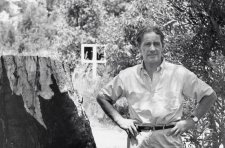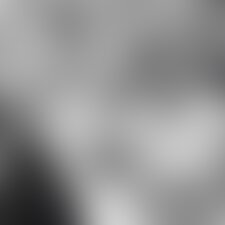By this time the English ballet was growing in impetus and the houses were getting bigger and I was getting more than favourable press and Markova and I had formed a great partnership. Markova then decided to leave and start her own company with Anton Dolin. And I thought, ‘Well this is the end of the ballet’, when Ninette de Valois said, ‘I’ve found a girl that you’re going to dance with’, and took me into the classroom and I said, ‘Which one?’ She said, ‘That one over there with the two long plaits’, and I thought, ‘That funny-looking little girl?’ and I said, ‘What’s her name?’ and she said, ‘Peggy Hookham’, and I said, ‘Well, that’s not going to look very good on the notice board is it, Peggy Hookham?’ And I said, ‘She looks Chinese’. And she said, ‘Well as a matter of fact, she was born in Shanghai but she is English. No, she was born in Reigate and she went to Shanghai as a little girl – I want you to work with her’. And the minute, of course, I saw her dance, I realised that she was absolutely wonderful, and Ninette said, ‘She’s going to change her name, she’s going to call herself Margot Fonteyn’. And so from that moment on, I danced with Fonteyn for 27 years and I suppose we became, at that time, the most famous pair dancing in Europe.
I’m always asked what was the most memorable performance or production, and it’s impossible really for me to say, because so many things have been memorable to me. My first appearances with Markova, my first appearances with Fonteyn, my first appearances with Vivienne Leigh, the first time I played Hamlet, all of them. I have never felt for one minute in my life, ‘I’m a success’. I feel I’ve accomplished something and that is done and therefore there is something more to do. The success or failure of what has passed has passed and I must go on to something else. And whatever else I may have achieved in life, I hope that people will remember that my whole life has been dedicated to producing something of beauty in the theatre.















